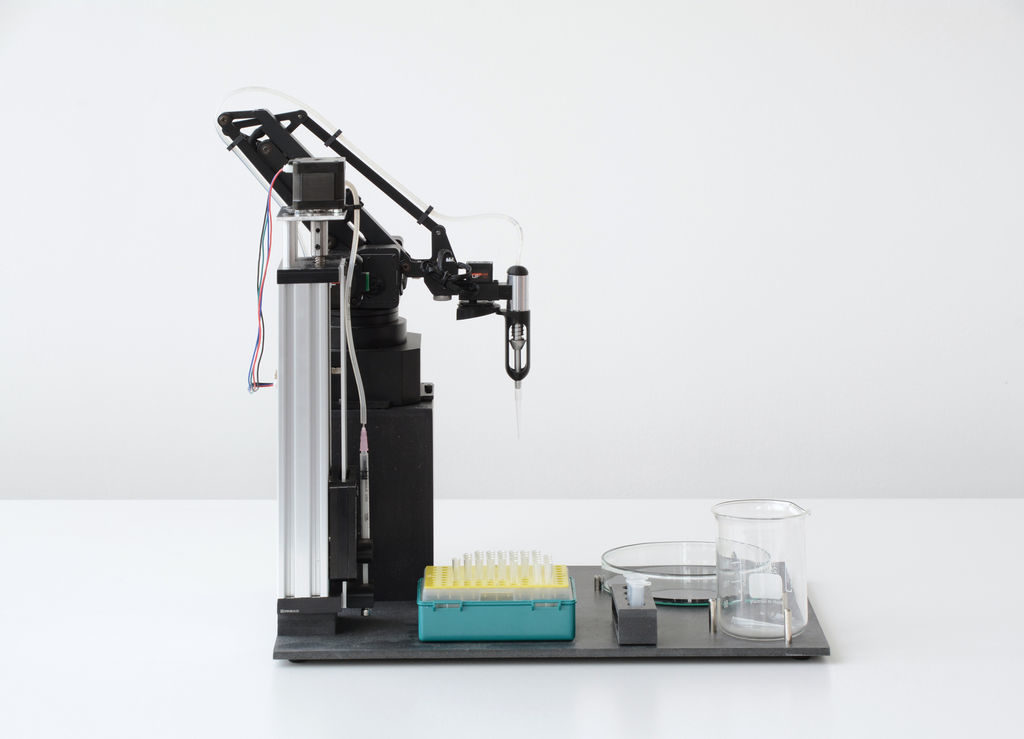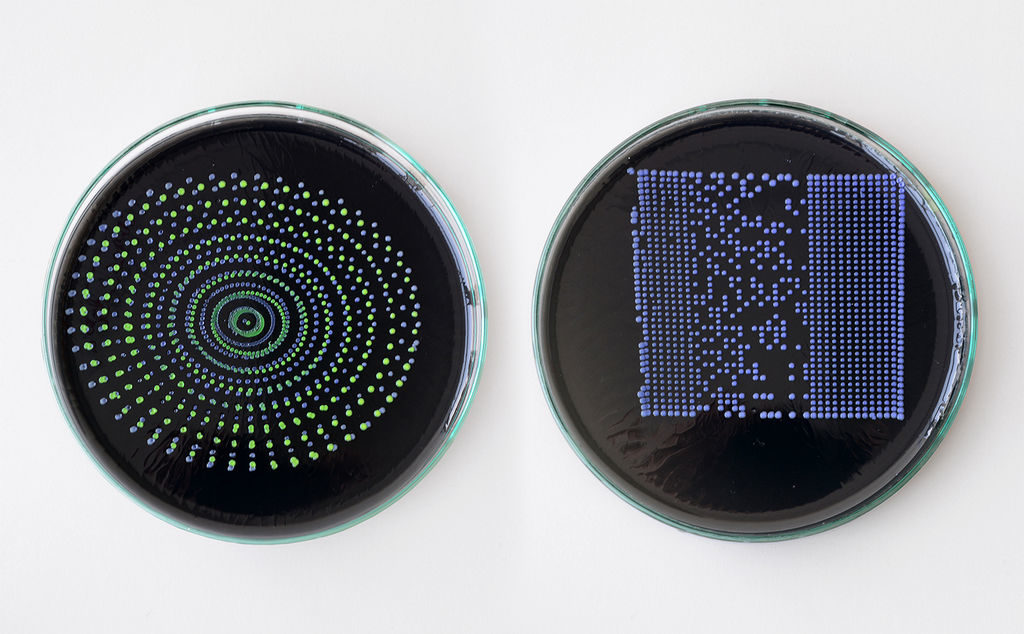The largest bacterium discovered is visible to the naked eye
When you hear the word "bacteria," you probably picture organisms that couldn't be seen unless they're placed under a microscope. A bacterium that has now been classified as the largest in the world ever discovered, however, needs no special tools to be visible to the naked eye. Thiomargarita magnifica, as it's called, takes on a filament-like appearance and can be as long as a human eyelash. As the BBC notes, that makes it bigger than some more complex organisms, such as tiny flies, mites and worms. It was first discovered by marine biologist Olivier Gros living on sunken mangrove tree leaves in the French Caribbean back in 2009.
Due to the organism's size, Gros first thought he was looking at a eukaryote rather than simpler prokaryotic organisms like bacteria. It wasn't until he got back to his laboratory that he found out that it wasn't the case at all. Years later, Jean-Marie Volland and his team at the Lawrence Berkeley National Laboratory in California took a closer look at the bacterium using various techniques, such as transmission electron microscopy, to confirm that it is indeed a single-cell organism. They've recently published a paper describing the centimeter-long bacterium in Science.
Volland said T. magnifica is "5,000 times bigger than most bacteria" and is comparable to an average person "encountering another human as tall as Mount Everest." One other information Volland's team has discovered is that the bacterium keeps its DNA organized within a structure that has a membrane. In most bacteria, DNA materials just float freely in their cytoplasm. Further, it has around 6,000 billion bases of DNA. "For comparison, a diploid human genome is approximately six giga (billion) bases in size. So this means that our Thiomargarita stores several orders of magnitude more DNA in itself as compared to a human cell," said team member Tanja Woyke.
While the scientists know that T. magnifica grows on top of mangrove sediments in the Caribbean and that it creates energy to live using chemosynthesis, which is similar to photosynthesis in plants, there's still a lot about it that remains a mystery. And it'll likely take some time before the scientists can discover its secrets: They have yet to figure out how to grow the organism in the lab, so Gros has to gather samples every time they want to run an experiment. It doesn't help that the organism has an unpredictable life cycle. Gros told The New York Times that he couldn't even find any over the past two months.
Volland and his team now aim to find a way to grow T. magnifica in the lab. As for Gros, he now expects other teams to go off in search of even bigger bacteria, which like T. magnifica, may also be hiding in plain sight.



